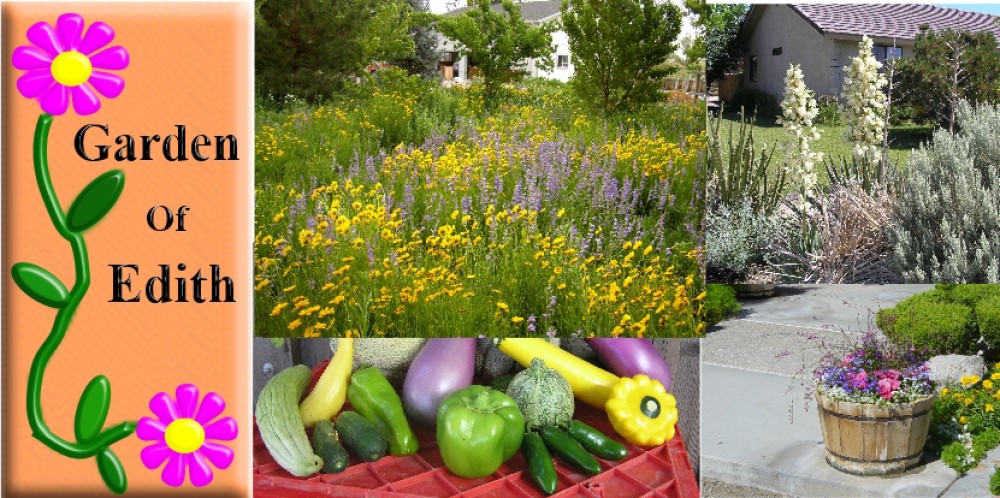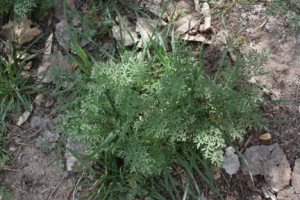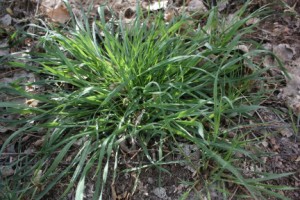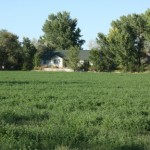Officially, spring arrived March 20 but here in northern Nevada we can still get some
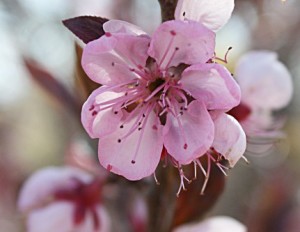
This apricot blossom is lovely now but a heavy freeze is forecast for tonight and will likely freeze this blossom.
wintry weather. So far, it has stayed spring like since spring started. It even reached 79 degrees yesterday here in Fallon.
During yesterday’s inspection of my garden, I especially wanted to see how the fruit tree blossoms were doing. I’d noticed they had been opening for the last couple of weeks. I consider this to be too early but not uncommon in my high desert climate. We almost never get fruit. If we are lucky, we might get a few apples. So far based on my inspection we haven’t lost any fruit yet. Notice I say yet. We can still get a hard frost between now and the middle of May on the average. Also, notice I say average. That means we could get a killing frost after mid May as well.
So far, the apricots and peaches are in full bloom with the apples blossoms barely starting to open. I suspect I will lose the apricots and peaches totally and about a third to half of the potential apple crop with the blooms opening this early. So much for fruit production this year from these trees since it is highly probably they will freeze before fruit can set and mature. Instead, they are landscape trees that add some nice greenery during the growing season. In fall, they usually have nice color as well.
Why are my fruit trees blooming too soon? What can I do about it? The answer to the first
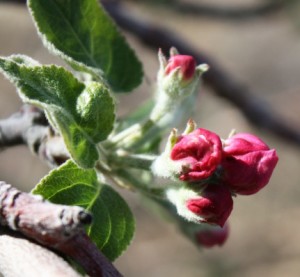
These apple blooms are almost open. Unfortunately they may never fully open because a heavy freeze is predicted for the next morning. They will like freeze and fall of the plant.
is that spring temperatures arrived before March 20 warming the soil up. Since our ground has no snow or other insulation to slow the warming of the soil sap starts flowing in the vascular tissue of the trees and shrub early. An additional reason in my given situation for this early bloom is I’m located in a relative low spot where cold air sinks every night. Without breezes to stir up the air allowing cold settle in and freeze the newly forming plant tissues in the floral buds. If fruit has already set, it too will freeze.
There are a couple of practices such as turning sprinklers on in the very early morning before temperatures dip below freezing or setting out smudge pots can protect blossoms and newly forming fruit but they are only effective to a couple of degrees below freezing for a very brief time. Even setting up a very large fan to keep air circulating could help. All of the measures have their limited effectiveness. That is they are only good to a couple of degrees below freezing for a very brief time. A little more effective would be to place a thick layer of mulch over the soil near the trees in the fall. This mulch helps to both hold moisture in the soil and to moderate temperature swing between freezing and thawing throughout the dormant period. Mulch doesn’t need to go right up to the trunk of the trees and shrubs to have it effect on soil moisture and temperature moderation. In fact, it is best not to put mulch right up to the trunk because it can harbor some pests that like to enter a plant from it trunk. The reason it can still effectively moderate the temperature around the roots is that tree and shrub roots extend quite some distance from the base of the tree and the actually growing points of the roots are at the tips which are located at the furthest distance from the trunk. These tips are also, where the greatest water absorption into the root system occurs. You can expect the roots to extend as far as the perimeter of the canopy sometimes referred to as the “drip line”.
One more way to increase the chance of producing fruit in the high deserts of the American West is to choose fruit tree varieties that are later bearing. This usually means it takes more degrees of heat to initiate blossoms. That has the potential to delay blooming as much as a couple of weeks and that reduces but doesn’t not eliminate the likelihood that blooms will freeze. Depending on where you live, greatly increase your chances of get a nice crop of fruit.
Back to Mulch. Mulch has an added benefit. If applied heavy enough it will keep spring weeds down.
